By Gregory Brookins-Hinton, brookins@grinnell.edu
This weekend, The Pitmen Painters by Lee Hall will be performed at the Flanagan Theatre. The Pitmen Painters tells a story of five average men who not only learn how to interpret art, but also receive the opportunity to express themselves through their own works of art.
The paintings represent men tackling dangerous jobs in cramped, dark mines. The paintings were from the everyday lives of proud workmen, who were often dismissed as unrefined, unsophisticated and uncultivated men but who are in fact bright, articulate and rather formal comrades eager to understand art and why it matters. The play is then laced with philosophical debates about the personal and social nature of art.
The Pitmen Painters is loosely based on the Ashington Group, which was a small group of artists from Ashington, Northumberland. While the production is staged in the early 1930s, there is an excellent incorporation of some modern day technology.
“There will be some music, a lot of slides and visuals because you cannot do a show about the arts without seeing the art… The paintings the miners created are really interesting, so we will see them on stage,” said Director Lesley Delmenico, Theatre.
Some say that The Pitmen Painters is actually a prequel to Billy Elliot, a story also by Lee Hall about a boy from a coal mining town who wants to dance.
“[The Pitmen Painters] is a prequel to Billy Elliot, as it is set in the same place… where the only thing to do for a young man is to work in the mines,” Delmenico said.
When each individual character unites to compose the Pitmen Painters, a dynamic group is formed. Aaron Lapkin ’15 plays sensitive, curious Oliver Kilbourn, who responds quickly to painting. George Brown is the rather stern heard of club, fully inhabited by Zach Scheffler ’13. Alex Garza ’16 gives the Marxist dental technician Harry Wilson (the only non-miner portrayed) an enthusiastic, fragmented idealism that doesn’t obscure his generous heart. John Walther ’16 is the more hastily drawn, unnamed “young lad” who joins in out of boredom. The most compelling and funny character is Jimmy Floyd. Matthew Terry ’15 does an excellent job at encompassing Jimmy’s role as the class clown. Gradually, his innate wisdom, spontaneity and sincerity become transparent.
Last but certainly not least is Robert Lyon, played by Joe Kloehn ’14, the teacher they hire for weekly classes. While the miners were originally looking for an economics tutor, Robert Lyon helps the Pitmen Painters develop into the dynamic group that we see them become. Kloehn does an outstanding job at imitating the accent and prosperous simplicity of a man of the educated class. We see Robert Lyon quickly realize that a hands-on approach to art will serve the students far more than slide lectures about old master painters. This hands-on approach was the only viable option given that the painters had no real life experience with the arts.
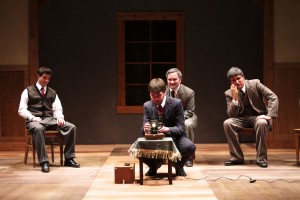
“They had never seen a painting. They had no library, so they didn’t see things in books,” Delmenico said.
Lyon’s belief that viewers must have their own relationship with an artwork to glean its meaning is a recurring topic of discussion in The Pitmen Painters. The Pitmen Painters truly challenges the boundaries of the art world.
“Who gets to create arts? Who gets to be in the arts? Of course the upper working class, but what if you’re working? What if you’re poor? Also what does art do in people’s lives?” Delmenico said.
This is a relevant topic in today’s society because the current emphasis on sciences is sometimes detrimental to the arts.
“President Obama is stressing technology in high schools, engineering, and scientific training, which is wonderful, but where does that leave the arts. … This is Hall’s plea for the arts… it can’t always be measured but is important in people’s lives,” Delmenico said.
This production could not be done without the direction from Lesley Delmenico. She was inspired to do this play after seeing it twice in 2009 while teaching for the ACM. She then fell in love with it and wondered about bringing it to Grinnell. Delmenico knew she had to bring it to Grinnell after the play won several awards in New York and London.
The Pitmen Painters is simultaneously hilarious, dramatic and inspirational. The production will be showing March 7-9 at 7:30 p.m. and March 10 at 2 p.m. Tickets will be available at the box office between 12 and 5 p.m. Friday’s show is already sold out.
Correction: An earlier version of the article claimed that the play was set mainly in the 1970s, when it is in fact set mainly in the 1930s, as pointed out by a commenter. The S&B apologizes for this error.
















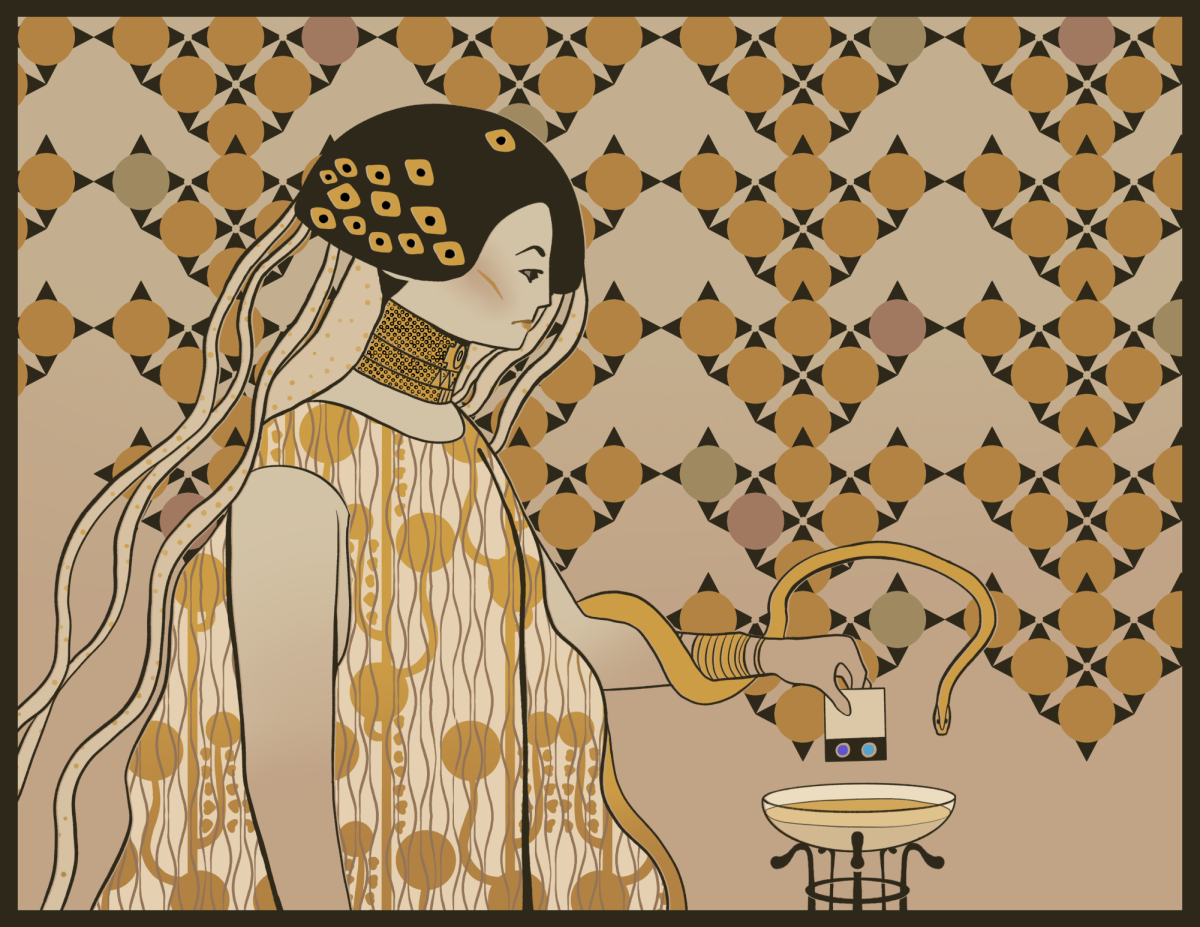





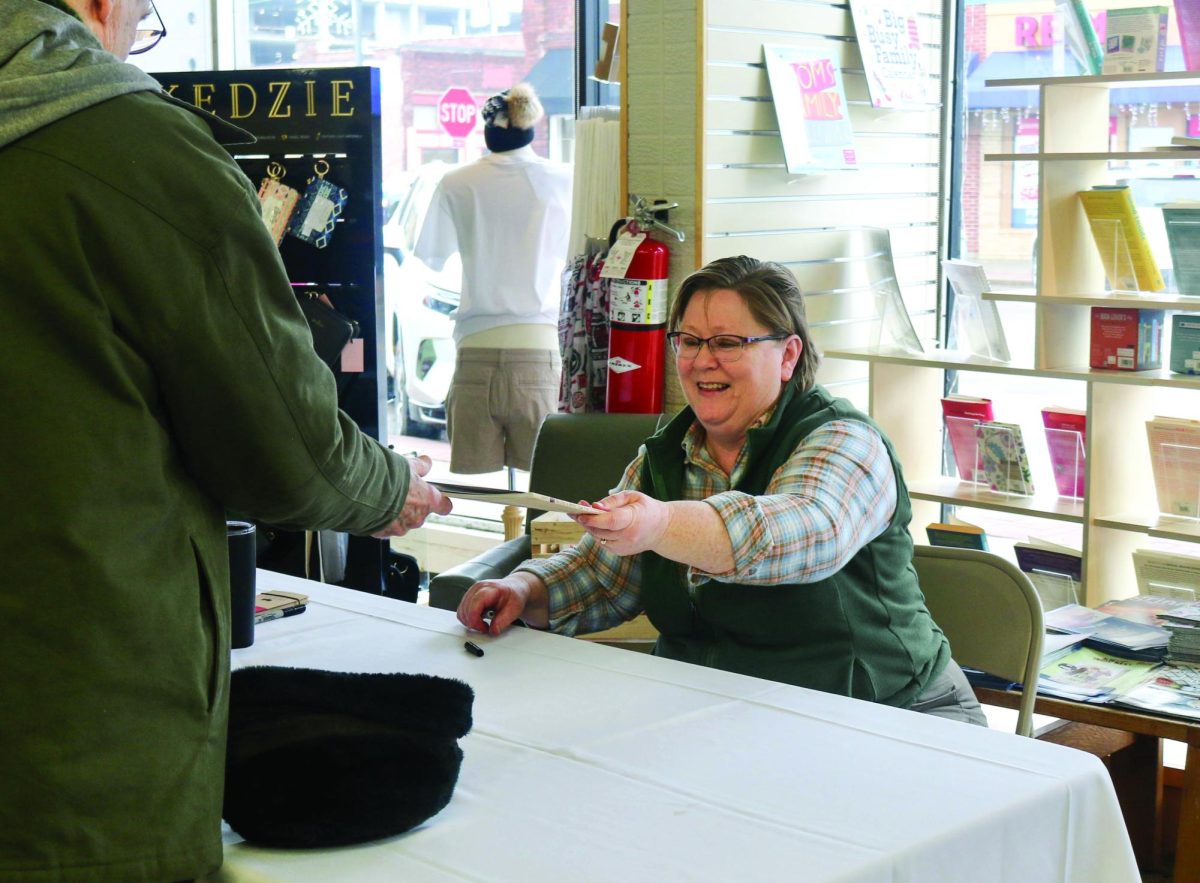

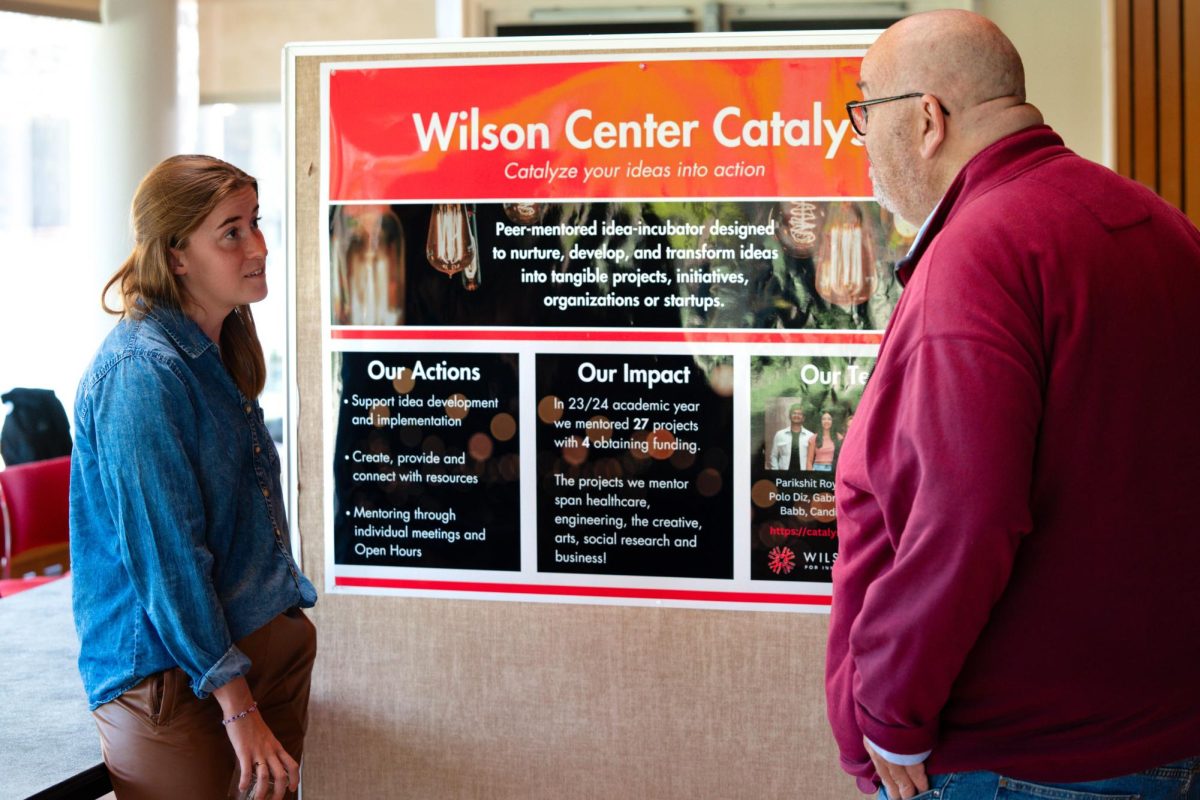


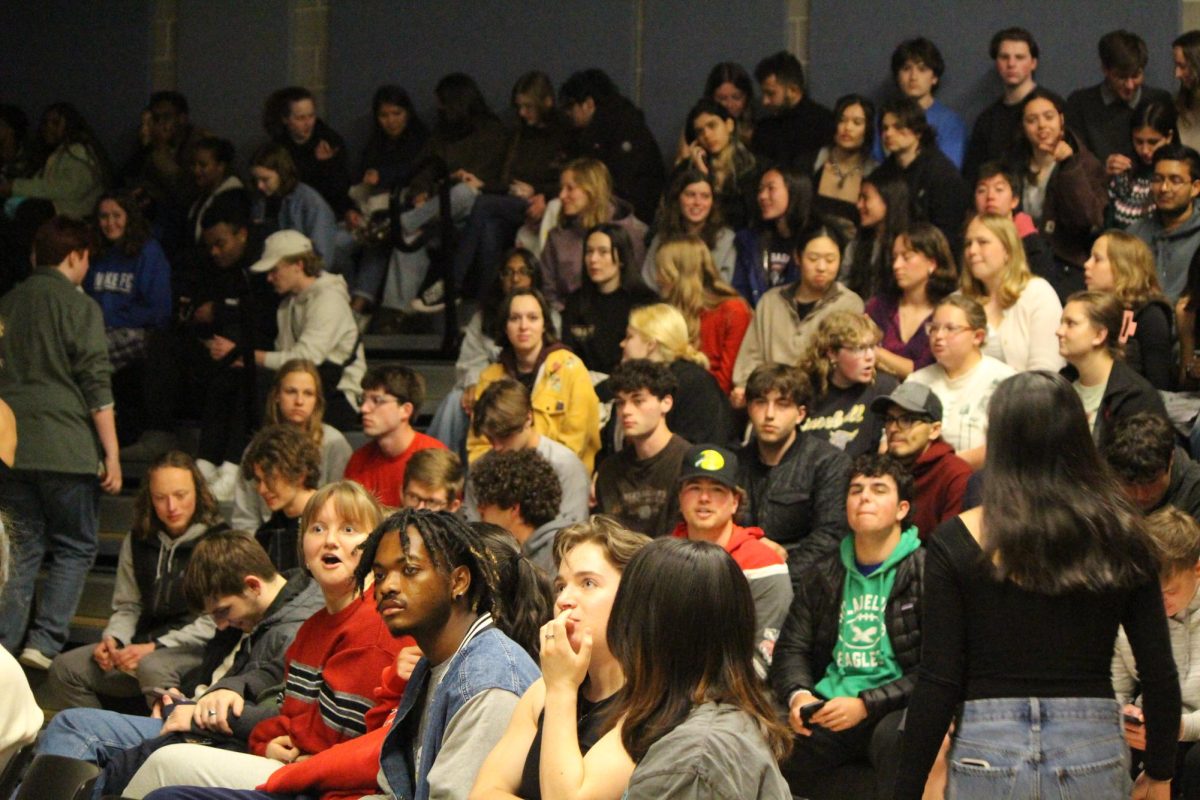

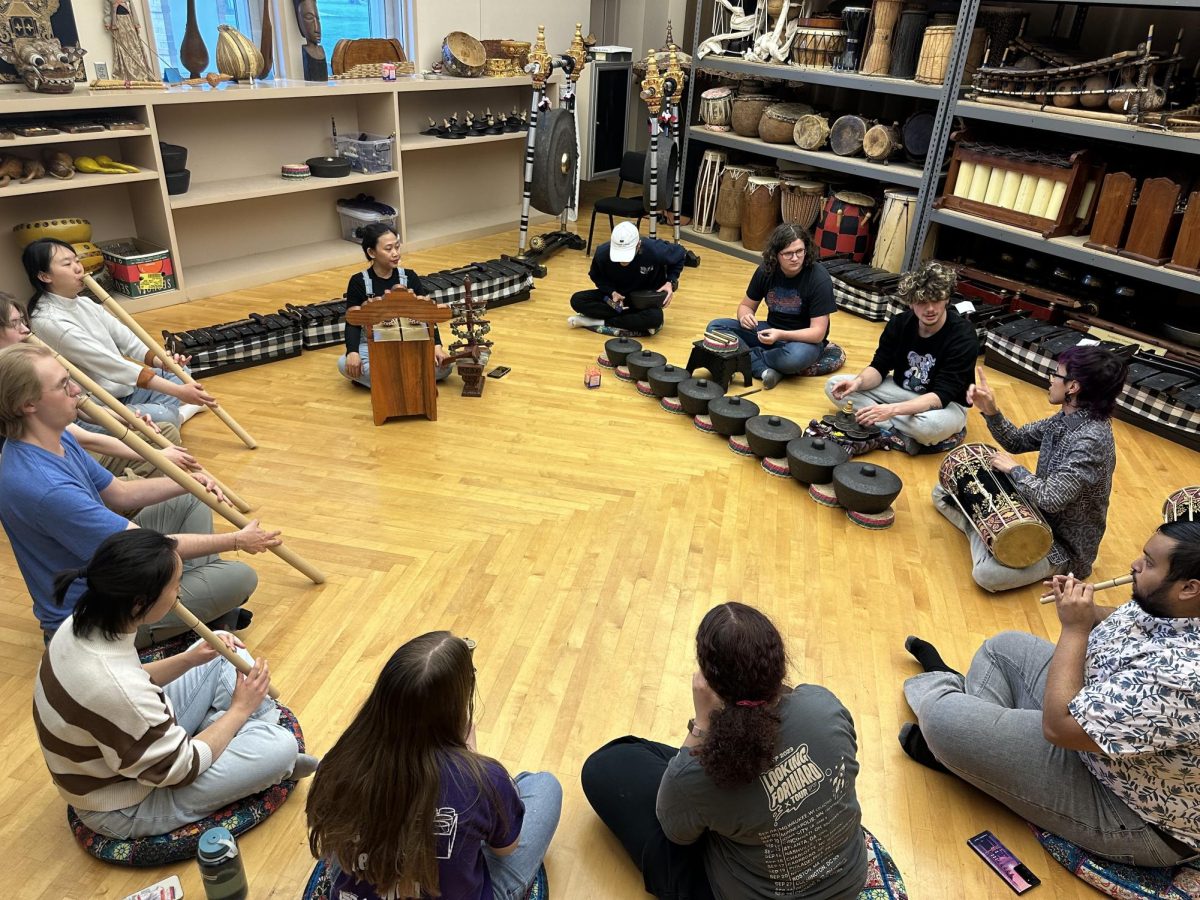
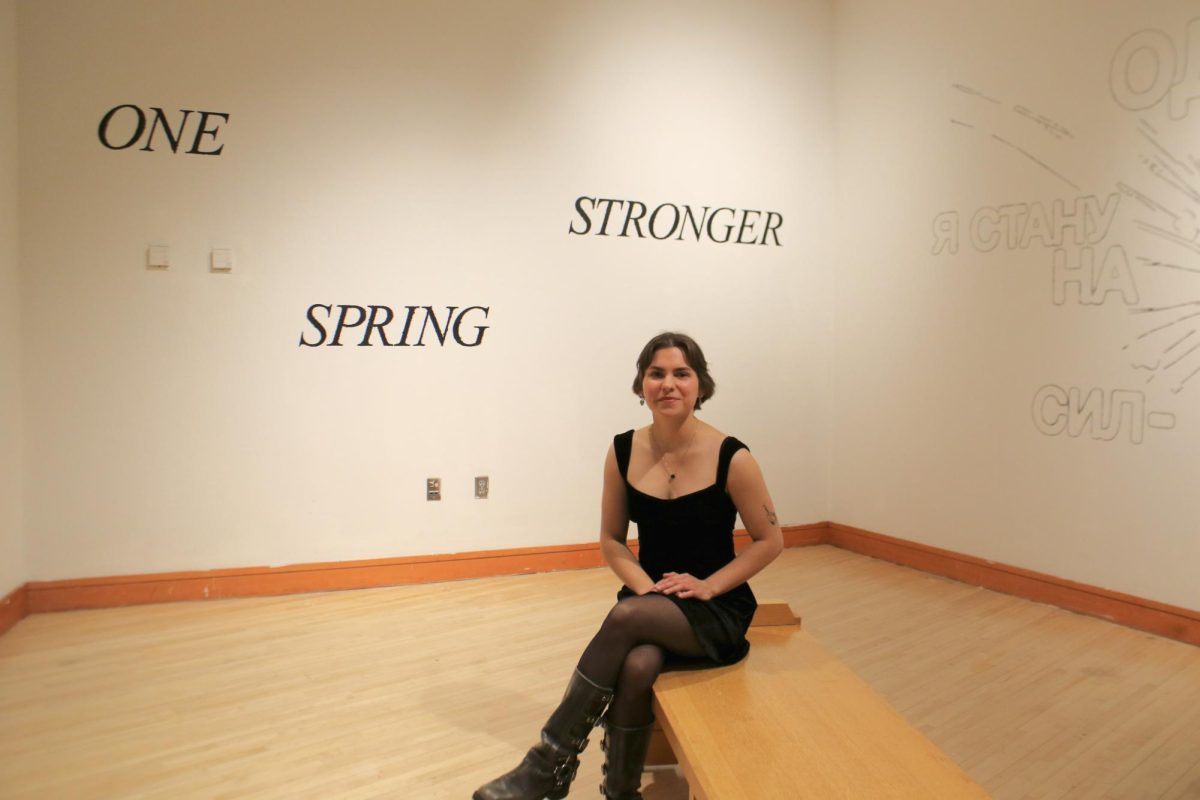



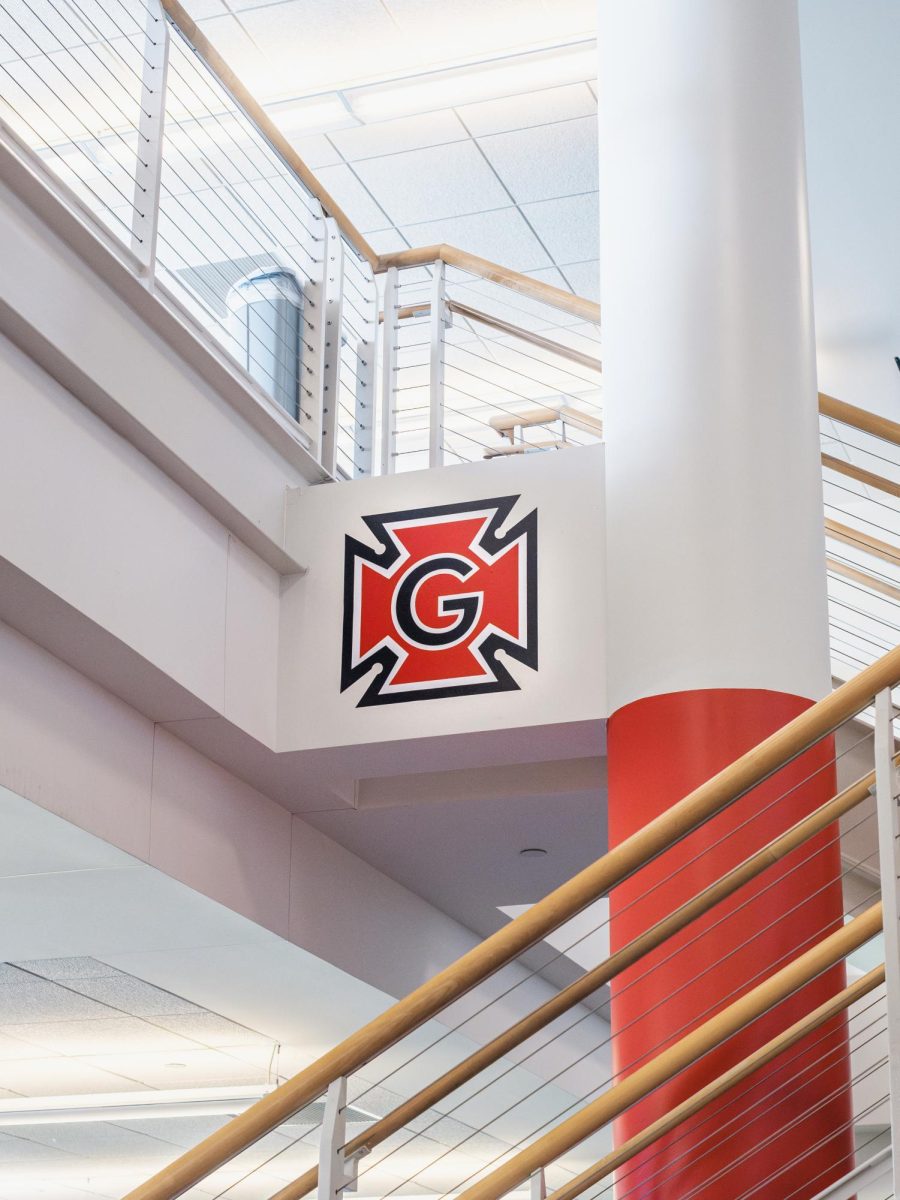





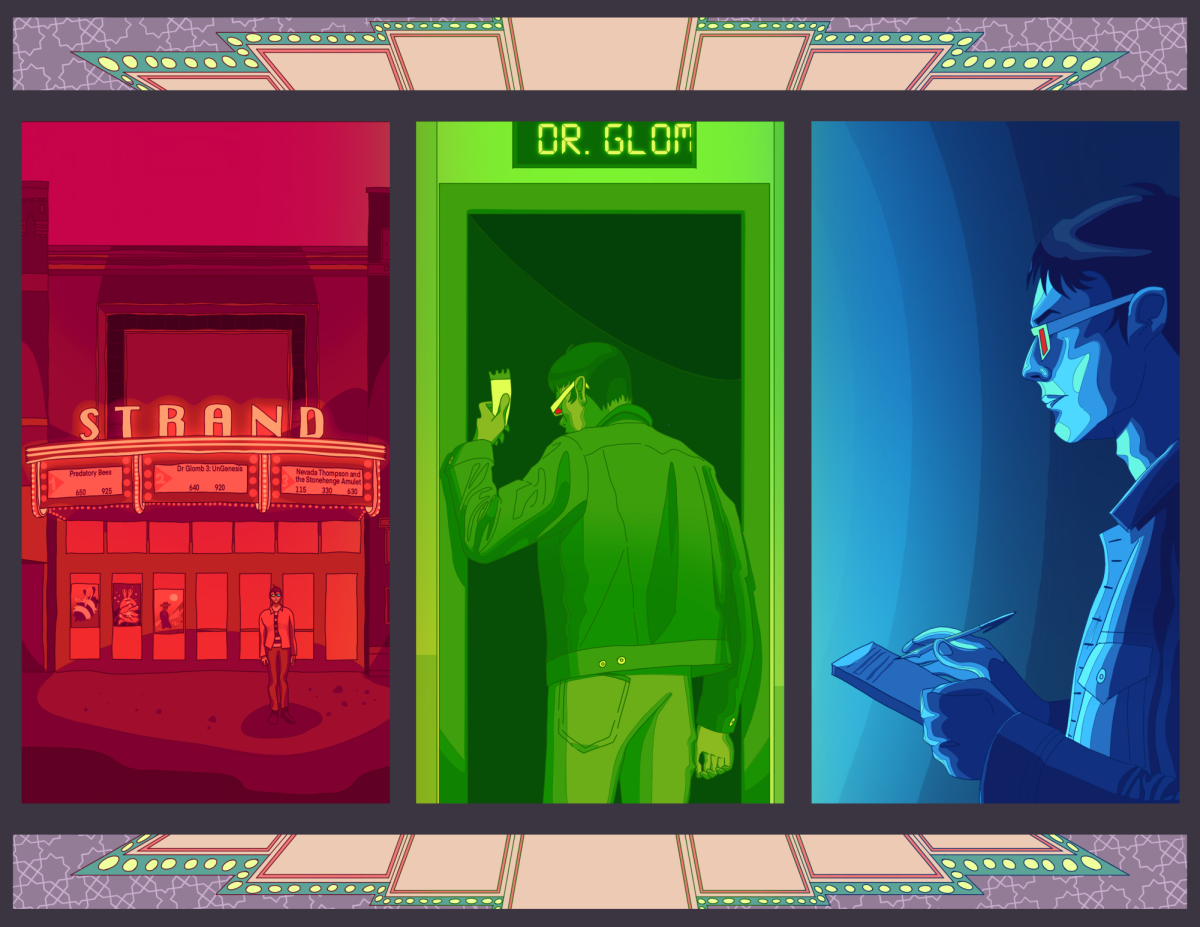









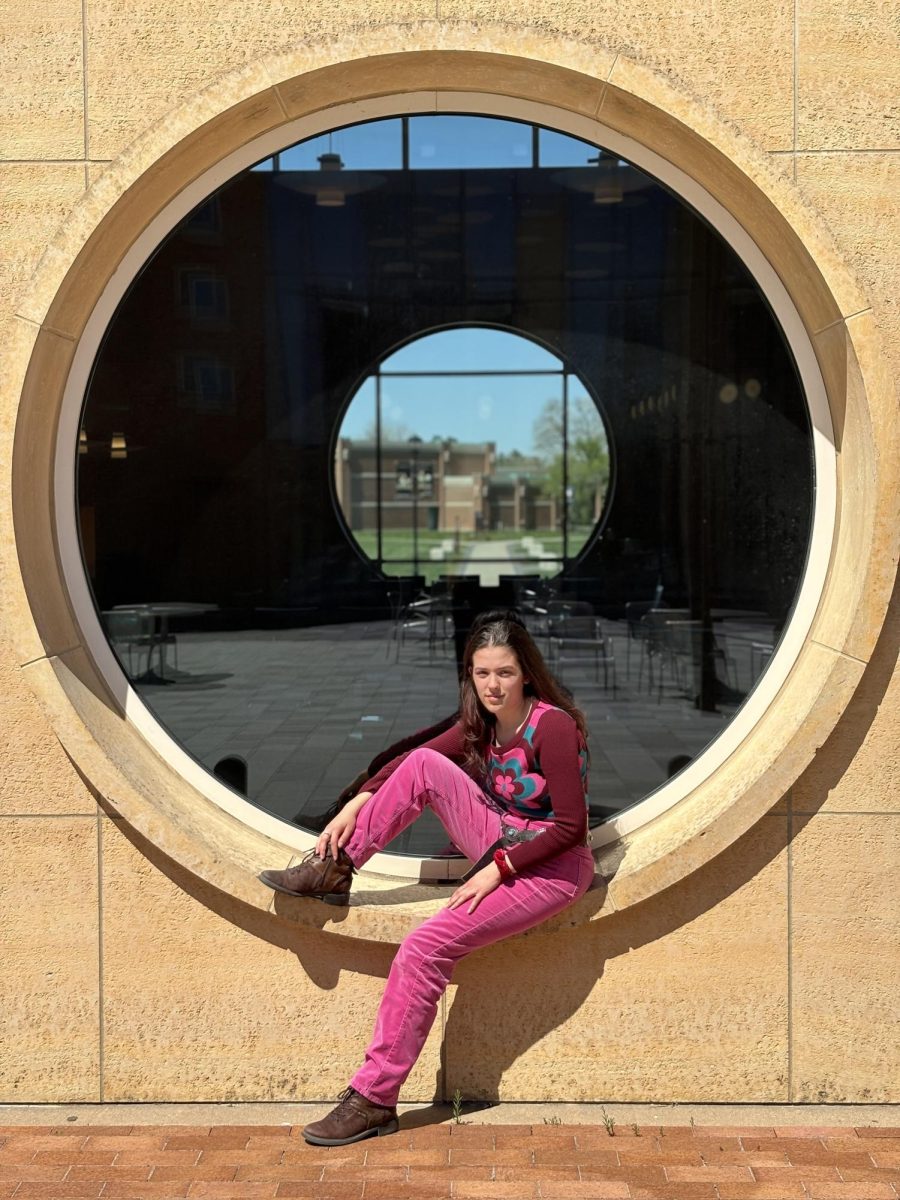
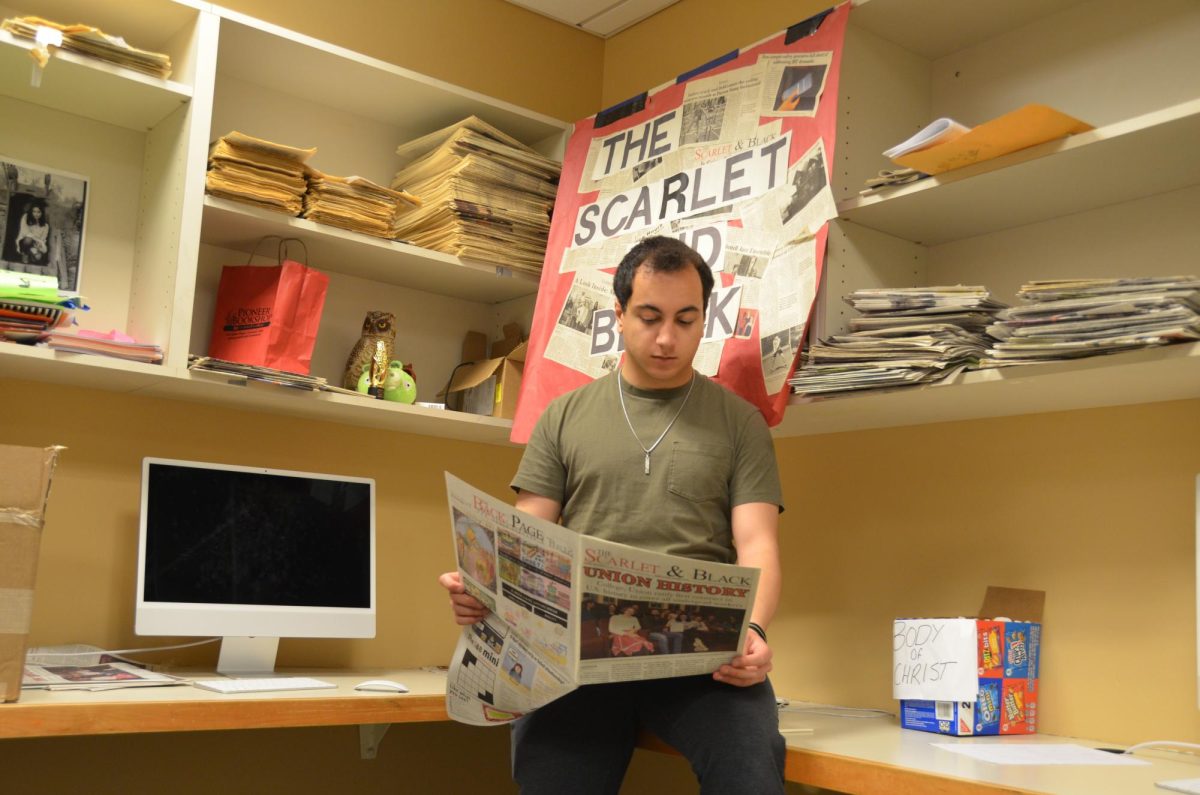









Roy Stephenson • Mar 9, 2013 at 3:18 am
The play is mostly set in the 1930s not the 1970s.
It is no way a prequel to BE, different story, different era and different county. There are concerns that Hall has in both plays, but they are not linked.
Search Amazon for Pitmen Painters for the book by William Feaver that inspired the play, its an interesting read.